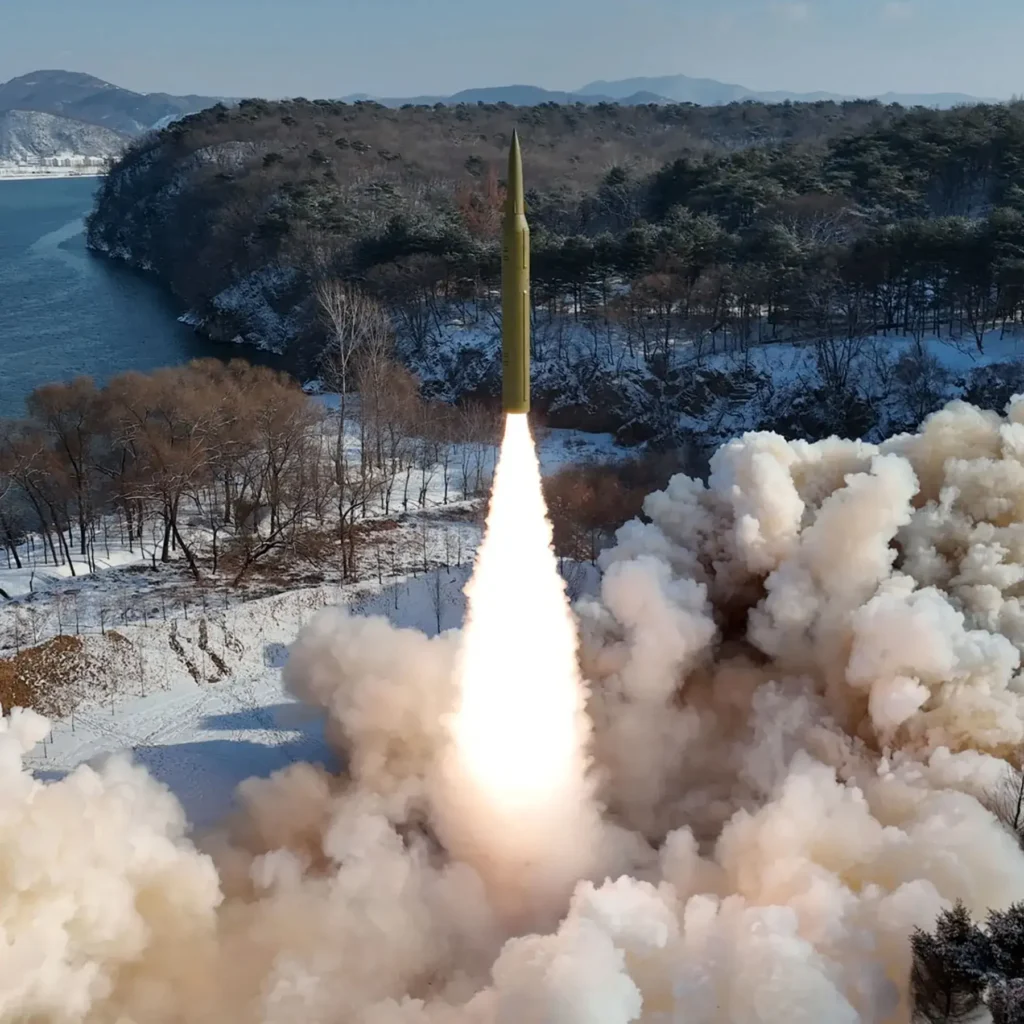North Korea has launched a banned intercontinental ballistic missile, marking its longest flight yet, with a duration of 86 minutes before landing in waters off its east coast. This launch defies United Nations sanctions and occurs amidst escalating tensions between North and South Korea. The missile, fired at a sharply raised angle, reached an altitude of 7,000 kilometers (4,350 miles), indicating it could travel further if launched horizontally.
South Korea’s defense ministry believes the test aimed to develop weapons with enhanced range and altitude capabilities. North Korean leader Kim Jong Un justified the launch as “appropriate military action” to counter enemies, affirming his commitment to strengthening nuclear forces.
The US condemned the launch as a “flagrant violation” of UN Security Council resolutions, criticizing North Korea’s prioritization of its weapons programs over its people’s well-being. South Korea plans to impose fresh sanctions in response.
Experts think the launch targeted increasing the missile’s payload, enabling it to strike the US mainland with larger warheads. Neighboring Japan monitored the launch, and South Korean and US officials vowed to take strong measures in response.
Notably, this launch follows allegations of North Korea sending troops to Russia to support Vladimir Putin’s war in Ukraine. The Pentagon estimates around 10,000 North Korean soldiers are training in eastern Russia, deepening concerns about ties between Putin and Kim.
In conclusion, the recent North Korean missile launch raises concerns globally, with North Korea’s actions sparking tensions in the region. This incident highlights the ongoing threat posed by North Korea’s military ambitions, specifically its Intercontinental Ballistic Missile program.











